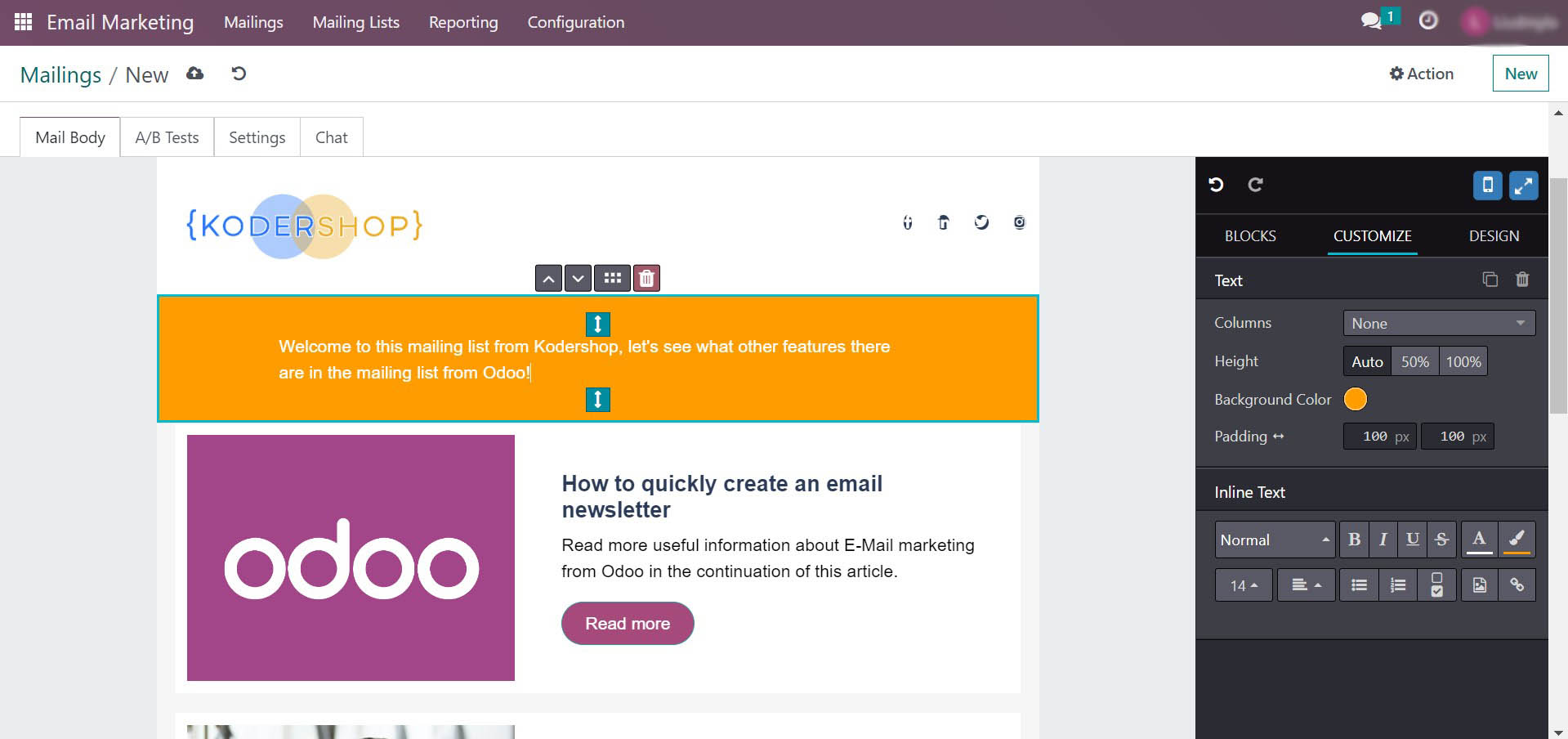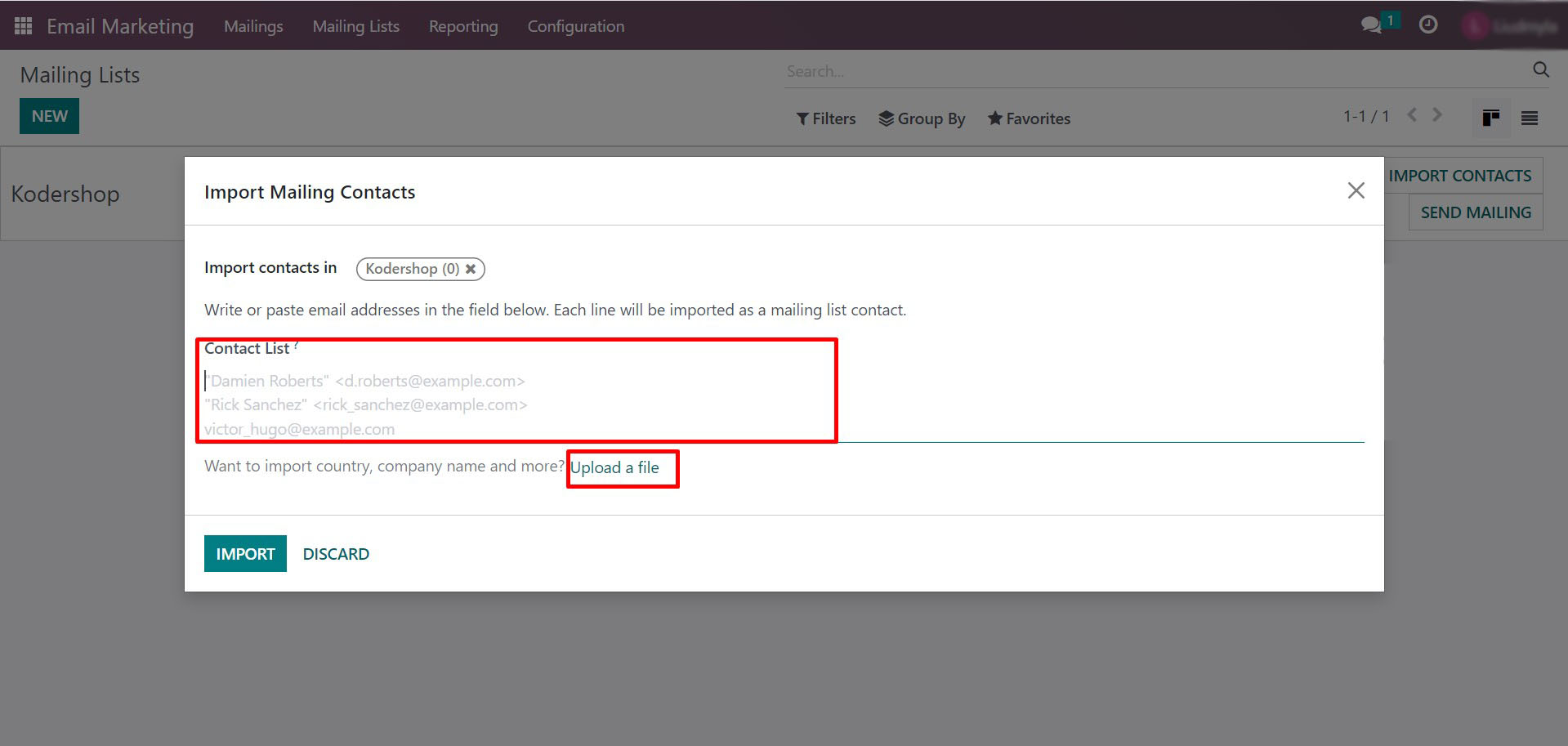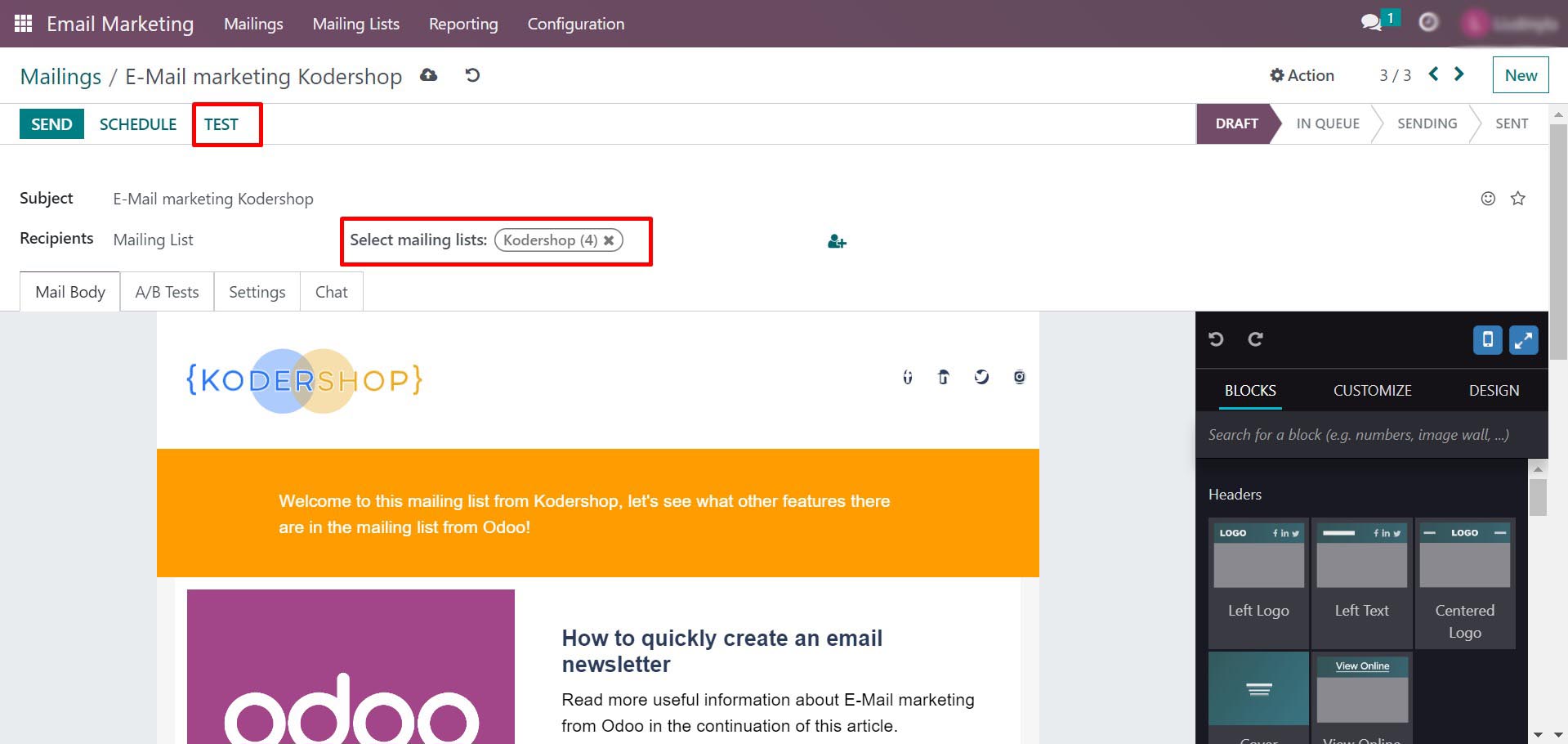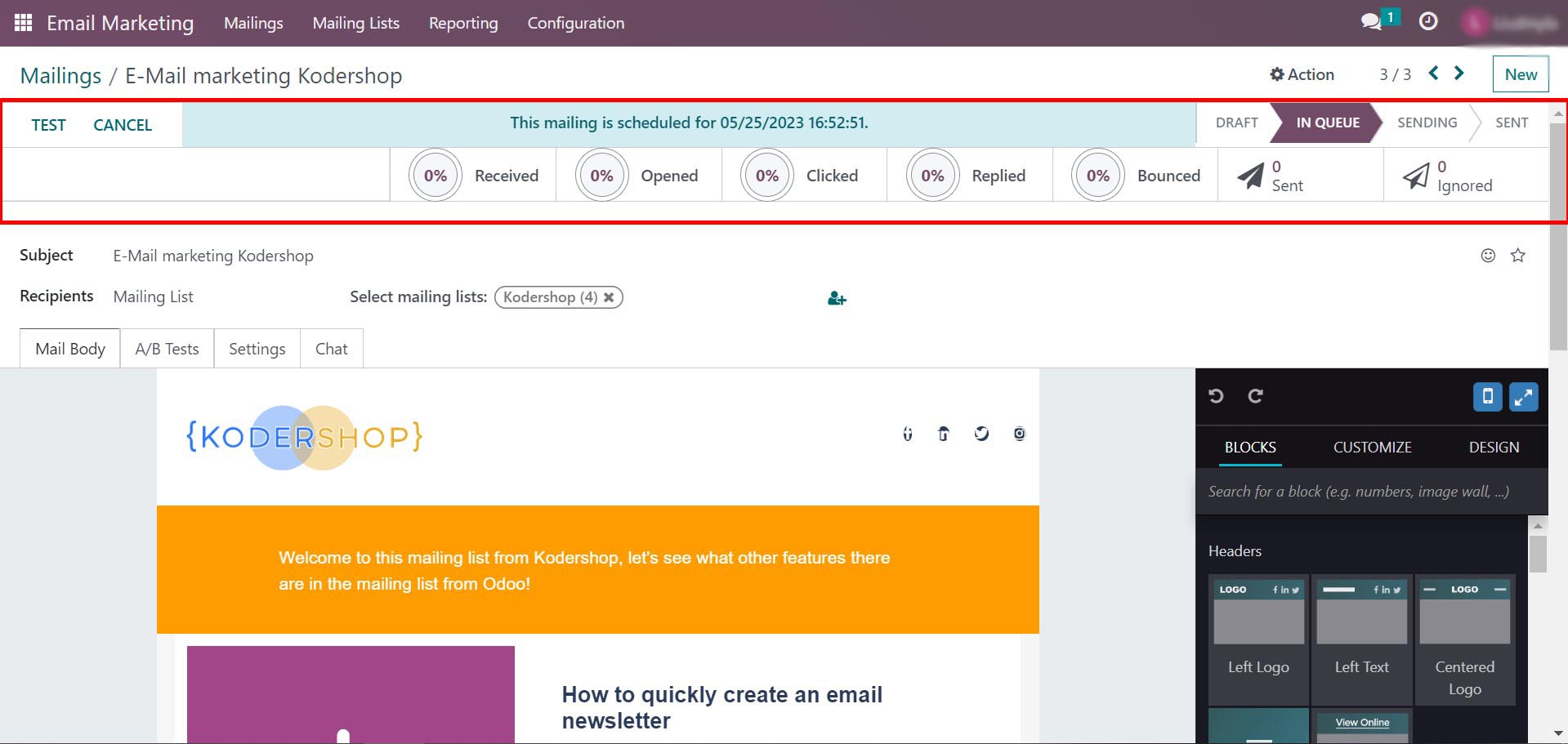
Unlocking Teamwork, the Power of Pull Requests


Pull Requests: A Guide
In version control systems such as git pull requests add the ability to propose changes, introduce new features, and fix bugs in the codebase of projects. In addition to simply presenting the code, facilitating teamwork, and encouraging constructive comprehensive reviews of proposed changes before they are seamlessly merged into the core codebase, pull requests have become an important component of the development process.
The core mechanism of implementation and patching projects involve very simple dispatch which they maintain only in high quality and serve as a gateway to participate in collaborative iteration. A valuable approach helps define and refine the overall implementation strategy, effective review is an aspect that allows experienced professionals to make a holistic assessment through thoughtful reviewers who can suggest ideas for improvement and ensure compliance with the best practices of the team.
What is a Pull Request?
Pull requests are git functions for development processes used to make updates. In most cases, a merging pull request is used to integrate new functionality or correct an error in the main version, to discuss and approve changes in the project.
DevOps use them in such projects to contribute code to the repository with proposed additions.
If earlier the repository was just a place to store code, then with the appearance of pull requests it became a place to store knowledge about this code. The pull request includes a brief explanation of the reasons for the changes made.
The main advantage is that they help maintain a high level of code quality and can provide feedback on changes made. Key authors or accompanying persons usually act as reviewers, in
How a Pull Request Should Look Like
Checking pool request is one of the most time-consuming tasks in software development. When creating new functionality, many side nuances may arise: typos, new code may break something in the rest of the code base, unused resources that appeared after refactoring, etc. An ideal git pull request has a small set of characteristics:
- Small size. Agree that it is quite difficult to check very large pull requests. Especially when you do not fully understand the context of the task. As the number of changes increases, it becomes more and more difficult to stay focused and keep everything in mind. That is, the size must be somehow limited.
- The static code analyzer does not generate errors. No one wants to check small errors or errors that are easily analyzed by ready-made tools. We can write our own code review rules and use ready-made ones, customize the code writing style and check how it is maintained, etc. Therefore, we need to somehow introduce these errors into the review. If we see new errors, there is no point in checking them yet.
- You can see the context of the task. We want to see what ticket was worked on and what exactly was done. For this, it would be convenient if we could take a pickup if there is no description in the PR, and add the ticket number and it’s name to the title. Ideally, it would be possible to add screenshots to make the changes visible.
- “Green” tests. We cover the code with tests, and if changes in the code “break” the tests, it is obvious that such a PR is not yet ready for consideration, since all tests must pass successfully. Therefore, it would be convenient to make it impossible to merge such code.
- Clear messages about fixation. When we familiarize ourselves with the pull request, it is very easy to trace the sequence of actions of the author when he creates atomic commits, adding understandable messages to them. Ideally, you need to impose the style of writing such messages.
- Automatic identification of reviewers. If you have a large project, on which several teams are working, it will be convenient to divide the code into areas of responsibility. If you make changes to the repository of a neighboring team, it would be convenient if they could not be rolled back without the approval of that team.
- Pull request template (checklist). The author must make sure that he has not forgotten anything and completed all the necessary preparatory steps before sending a request for verification. For this, it is convenient to have a list with checkboxes, where the author must mark the actions performed by him. Then the expert will see that the request is ready for analysis.
How to Make a Pull Request
git checkout -b newBranch git commit -a -m "Fixing a ton of bugs" git push
Pull Requests From GitHub, Bitbucket, Azure
It doesn’t matter where you store the code, Git works with the same commands. Pull requests could be used on a platform like GitHub, GitLab, Bitbucket, or Azure DevOps.
How to Create a Pull Request Using GitHub
GitHub actions allow you to create automation workflows from a set of separate small tasks that can be connected. To make a pull request, in the GitHub web interface, while on your branch, select the right vertical menu item:
Pull requests -> New pull request -> Edit
New draft pull request GitHub project combines all changes in the code. The feature is already publicly available, in particular, in open GitHub repositories. The developers say that the new function will be especially useful for those whose code cannot yet be evaluated, for example, it is an opportunity for you to mark the processes of work on PR and notify the team immediately after their completion, if you forgot to submit PR it can now be done at the beginning of development.
How to Merge a Pull Request with GitHub
When you click the “Merge” button on a site, GitHub intentionally creates a merge commit with a link to the pool request so you can easily go back and study the discussion if needed.
How to Delete a Pull Request Using GitHub
To cancel a GitHub pull request, go to the main page of the repository. Under the name of your repository, click Pull Requests. To delete it, you can click the “Delete branch” button.
GitHub Close Pull Request
In the “Pull Requests” list, click the item you want to close. At the bottom of the application, under the field for comments, click Close application. If desired, remove the branch. This will keep the list of branches in your repository in order.
Bitbucket Pull Request
Bitbucket Cloud has a new functionality – pull request experience, that simplifies code review and tracking changes and integrates with Jira there is also a new your work panel that shows issues in Jira and code insights in the cloud.
After adding your feature branch to Bitbucket, you can create a pull request from your account by going to your fork repository and clicking the “Create pull request” button. A form will open in which the repository will be automatically specified as a source.



























Recent Comments